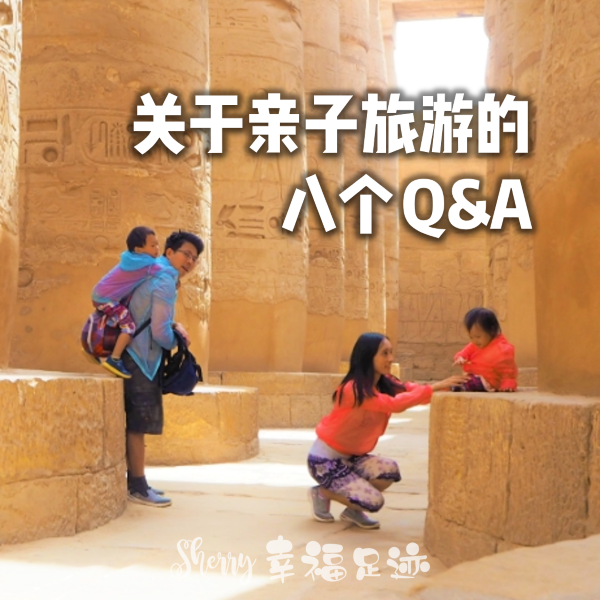这一篇,拖了好久才写。
因为最近好忙!
工作忙,无所谓,反正我还是一样可以准时下班。
我是为了生活而忙。
但是,为了自己的兴趣忙碌,我反而觉得那是幸福的。
当下班后、以及周末的生活充满了乐趣,我觉得我的日子是充实的! (^_^)
当然,我还是会趁我还没忘记我的古迹之旅的时候,
为我的旅程写上最后一篇,为我的古迹之旅标上完美的句号。
。
。
。
(11) Candi Sambisari
Candi Sambisari 是我们的古迹之旅的最后第二个景点。
这里,也只是小小的一间旧寺庙,入门票也只是区区的 Rp 2,000 。
可是它的特别之处,就是它是位于地面的 5 - 6 米下。
所以跟其它的 candi 相比,Candi Sambisari 依然有它的独特风格……
| Candi Sambisari Sambisari is a 9th-century Hindu temple located at Sambisari Hamlet, Purwomartani Village, Kalasan, Sleman Regency, Yogyakarta, Indonesia. The temple was buried about five metres underground. Parts of the original temple have been excavated. The temple was accidentally discovered in July 1966 by a farmer when working on land that belongs to Karyowinangun. His hoe hit the carved stone which was a part of the buried temple ruins. The news of discovery reached the Archaeology office in Prambanan and the area was secured. The excavation and reconstruction works was completed in March 1987. The temple is thought to have been buried by an eruption of volcanic ash from the nearby Mount Merapi. 资料来源 - Wikipedia - Sambisari Candi Sambisari consists of one main candi and three supporting candis (perwara). You can see lingga and yoni, symbol of male and female sex, inside the main candi. In the main candi's wall, there are three statue, Agastya in south side, Ganesha in east side, and Dewi Durga in north side. From the lingga, yoni, and the statues, it has been concluded that the Sambisari was built to adore Siva Gods. 资料来源 - Wikitravel - Yogyakarta |
这个 candi 占地不大,也是一下子就可以参观完的。
但是,我就是喜欢它四周都是青青的草地。
感觉十分舒服!
想像一下,1966 年以前,还被埋在地下的 Candi Sambisari ,
历经了 21 年,才重现了以前的模样……
这 21 年的努力,让我看到了日惹政府对保护古迹的坚持。
不仅是这里,只要你用心地走过日惹,你一定会感受到他们对古迹所尽的保护。
即使他们的宗教,并不是佛教或兴都教……
这是,我喜欢日惹的其中一个原因……
。
。
。
(12) Candi Plaosan
Candi Plaosan ,也被称为 Candi Kembar / Twin Temple 。
因为它分为两处,既 Candi Plaosan Lor 和 Candi Plaosan Kidul 。
两个 Candi Plaosan 毗邻,只隔了一条乡间小路。
| Candi Plaosan Candi Plaosan, also known as the 'Plaosan Complex', is one of the Buddhist temples located in Bugisan village, Prambanan district, Central Java, Indonesia, about a kilometer to the northwest of the renowned Hindu Prambanan Temple. Plaosan temple was built in the mid 9th century by Sri Kahulunnan or Pramodhawardhani, the daughter of Samaratungga, descendent of Sailendra Dynasty, and who was married to Rakai Pikatan in the Hindu tradition. The Plaosan complex is an ensemble of two Buddhist temples, Plaosan Lor and Plaosan Kidul. The temples are separated by a road; Plaosan Lor is located in the North and Plaosan Kidul in the South. Plaosan Lor consists of two main temples and an open area known as a mandapa. Both temples have an entrance, a gate, and the guardian statue known as Dwarapala. Plaosan Lor and Plaosan Kidul are considered to originally be one complex. 资料来源 - Wikipedia - Plaosan |
但是我想,上上图的 Candi Plaosan Lor 才是主要的寺庙群吧!
除了它的规模比 Candi Plaosan Kidul 大很多,这两座寺庙里面还各有六尊神像。
反观 Candi Plaosan Kidul ,以外观而言,比较像寺庙的守护者……
然而,上上图中,左边的那座寺庙里的神像的头,全都被盗走了……
所以右边的那座寺庙,都装上了铁窗 / 铁门,以防有心人再去盗走神像……
由于有了这样的防范措施,资凯才有幸拍到完整的神像。
阿弥陀佛!
这里的入门票一个人 Rp 10,000 。
当我们看到工人们都在很努力的修复倒塌了的寺庙,
心里总觉得,这个钱,多付也是值得的。
起码,我们是亲眼见证了他们的用心……
Candi Plaosan Lor ,四周都堆满着倒塌了的石块……
感觉到,大自然的力量是多么地强大!
一瞬间的毁坏,却得耗上好几十年的努力,才能完成修复的工作。
对着这个四周都是倒塌了的石块的旧寺庙,心里的感触是很深的……
或许正因如此,就算在日惹参观了好多的古迹,
来到最后一个景点的这一刻,我依然不会觉得古迹看多了会无聊……
每一个古迹,都有着一份心情、一份体会……
这里,就是跟 Candi Plaosan Lor 相距一条乡间小路的 Candi Plaosan Kidul 。
很明显,看到了两个 candi 的不同之处吗?
都是小小的一座庙,没有 Candi Plaosan Lor 的壮观。
所以我才说,这里或许是寺庙的守护者,或者是让信徒拜祭的地方……
完成了我在日惹最后一个景点的留影,我们的古迹之旅就差不多告一段落了……
看过 Candi Plaosan Lor 再到 Candi Plaosan Kidul ,难免有些小失望,
毕竟差别太大了……
我还以为两者大同小异……
但是没有关系,光是 Candi Plaosan Lor 已经让我觉得不虚此行了……
散落着的石块,还有工人们辛劳地修复工程,已经深深地住进我的记忆了……
这份感觉,就算已经是一个多月后的现在,还是那么的深刻……
我爱古迹,更爱古迹背后我所能感受到的感受……
(完)
。
。
。
如果,真要我找一个我觉得遗憾的总结,
就是我们的古迹之旅,没有去到海边……
看网上的的资料 + 照片,觉得日惹的海边其实没有很美,
而且从日惹中心到海边,大概要一到一小时半的路程。
时间蛮难安排到,我们也只有三天三夜的时间,
所以,只好放弃了…… (X_X)
但是呢,我们的古迹之旅,是非常值得怀念的。
这样的体验,不是到处都有,所以感觉非常珍贵……
。
。
。
清晨的飞机,我们不得不一大早就起程了……
5.30 am 的天空,早就很亮了……
所以没有早起 + 很不爽的心情,反而心情非常舒畅……
天空的颜色,有时候真能影响人的心情啊!
。
。
。
完成「古迹之旅」这篇游记的这个时候,我的另一个旅程,即将开始。
我现在,可以为我的下一个旅程开始倒数了……
我觉得,我好幸福! (^_^)































Post a Comment